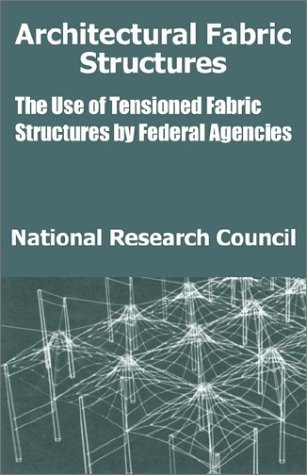
Tell your friends about this item:
Architectural Fabric Structures: The Use of Tensioned Fabric Structures by Federal Agencies
National Research Council
Architectural Fabric Structures: The Use of Tensioned Fabric Structures by Federal Agencies
National Research Council
This reprint of the 1985 architectural classic discusses a technology that offers an important alternative to conventional construction, having unique properties that make it useful for certain applications. Due to improvements in materials, structural analysis, and environmental control, these structures can often be considered permanent buildings. The membrane is the principal structural component of a tensioned fabric structure. Under certain circumstances, a tensioned fabric structure can reduce energy consumption in a building. The natural light from the translucent surface reduces requirements for artificial lighting, the reflectivity of the skin reduces heat gain, and the radiation of waste heat from the warm fabric surface to cool sky results in an energy-efficient building in warm climates. In cold climates, a second skin or liner is often used, often with glass fiber insulation in the cavity to further reduce heat loss. In general, as permanent structures, tensioned fabric technology is underutilized. There are many projects or parts of projects that could employ this system.
112 pages
| Media | Books Paperback Book (Book with soft cover and glued back) |
| Released | December 30, 2002 |
| ISBN13 | 9781410203915 |
| Publishers | University Press of the Pacific |
| Pages | 112 |
| Dimensions | 140 × 216 × 7 mm · 149 g |
| Language | English |
More by National Research Council
See all of National Research Council ( e.g. Paperback Book , Hardcover Book and Book )




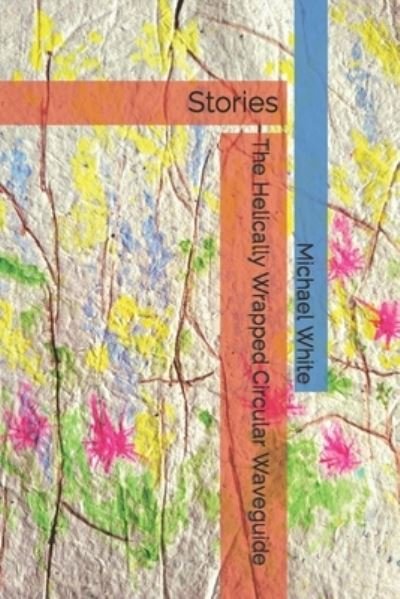
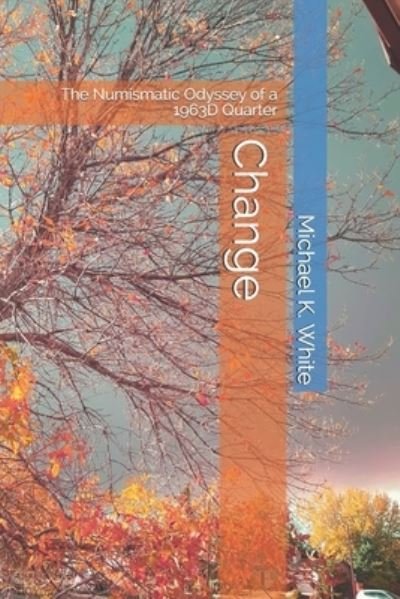

![Cover for National Research Council · Nutrient Requirements of Swine (Hardcover Book) [11 Revised edition] (2012)](https://imusic.b-cdn.net/images/item/original/239/9780309224239.jpg?national-research-council-2012-nutrient-requirements-of-swine-hardcover-book&class=scaled&v=1605131130)



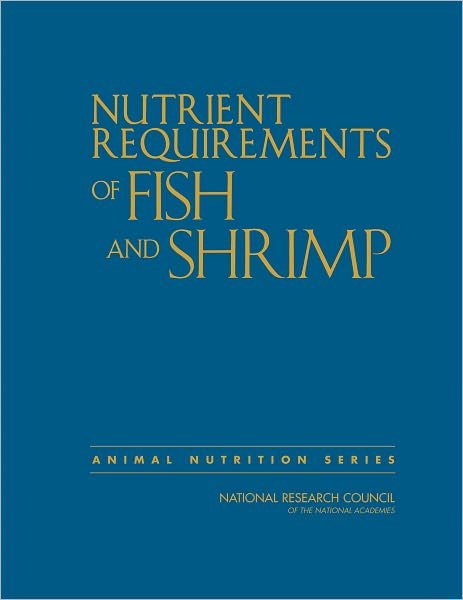

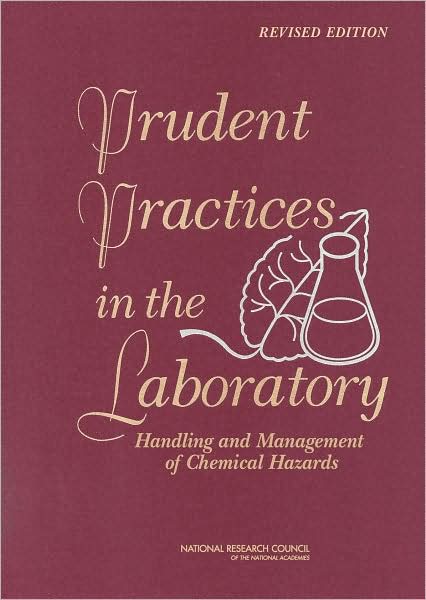



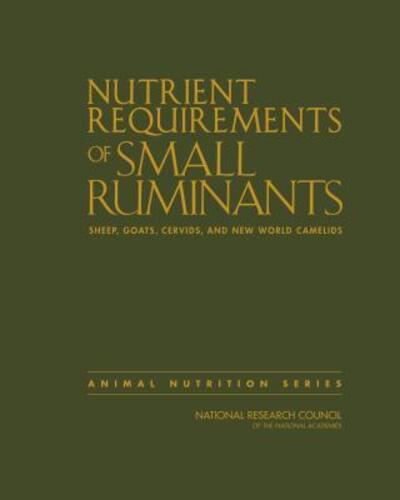
![Cover for National Research Council · Nutrient Requirements of Horses (Hardcover Book) [6 Revised edition] (2006)](https://imusic.b-cdn.net/images/item/original/124/9780309102124.jpg?national-research-council-2006-nutrient-requirements-of-horses-hardcover-book&class=scaled&v=1402151812)



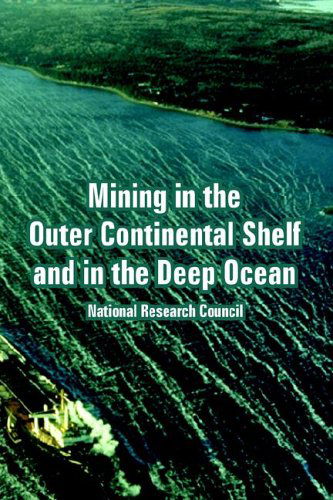
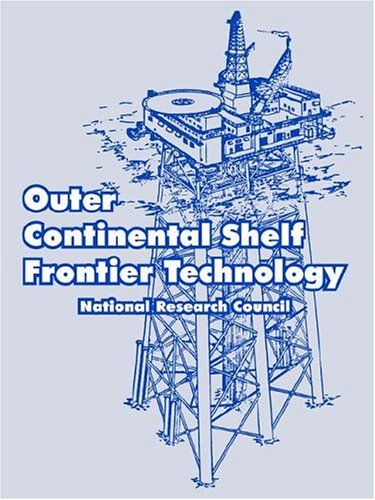
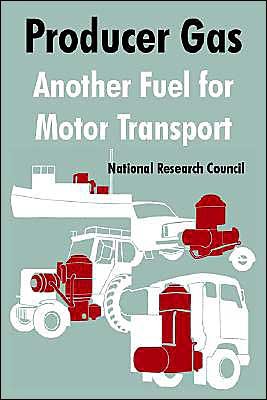

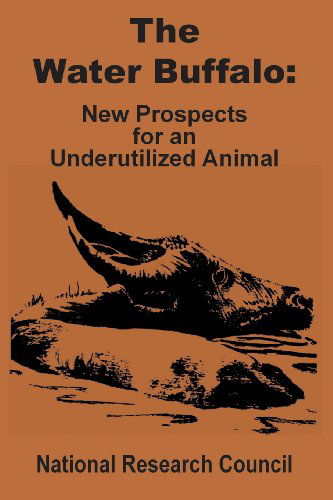


![Cover for National Research Council · How People Learn: Brain, Mind, Experience, and School: Expanded Edition (Paperback Book) [Expanded edition] (2000)](https://imusic.b-cdn.net/images/item/original/362/9780309070362.jpg?national-research-council-2000-how-people-learn-brain-mind-experience-and-school-expanded-edition-paperback-book&class=scaled&v=1394023082)
